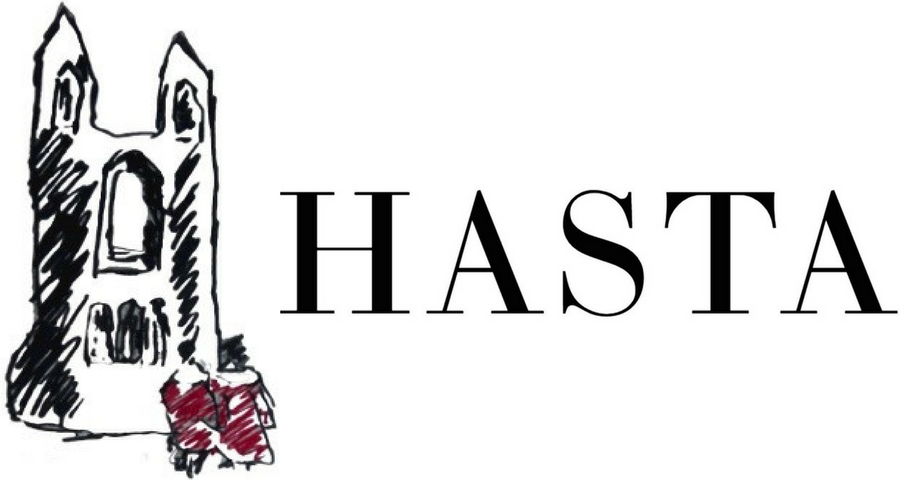Jean Arp, 1886-1966
Jean Arp, Bust of Gnome (Buste de Lutin), 1949, bronze, 12 x 4 1/2 x 4 inches (30.5 x 11.4 x 10.2 cm).
https://www.guggenheim.org/artwork/14000
By Lily Spencer
Jean Arp was born in Strasbourg, Alsace, then part of Germany, on 16th September, 1886. He was of mixed French and German descent, which resulted in him having two first names. In French he was known as Jean, but in German he was called Hans. This ambiguous origin and identity can be seen to reflect the fluidity and ambiguity in his art, not just in terms of his approach and materials but also in terms of his affiliated movements. He created biomorphic images and sculptures, mimicking organic and lifelike forms in abstract art. As a result, his works give the viewer a feeling of life, organisms and softness, while disallowing an explanation for what stimulates these feelings. Furthermore, particularly in the case of his sculptures, this feeling of amorphousness is juxtaposed by the hard, dead medium, such as bronze. This interest in the organic was augmented by his fascination with chance and the unconscious, often creating works through automatic drawing and naming them after the fact. As a result, Arp’s work comments on the randomness and chaos of life, death and experience.
He was trained in Strasbourg, Weimar and Paris and spent his life travelling around Europe, hopping from one artistic centre to the next. In 1911, he helped found the group “Der Moderne Bund” or “The Modern Alliance” in Switzerland, and then briefly worked with Wassily Kandinsky in Munich as part of the Expressionist group “Der Blaue Reiter.” In 1914 he found himself again in Paris, in the company of Picasso, Modigliani and Apollinaire. After the outbreak of the First World War he moved back to Switzerland where, in 1916, he became an active member of Dada, performing and exhibiting at the Cabaret Voltaire, which was opened by Hugo Ball.
In 1922 he married the love of his life, Sophie Tauber, who was also an active and talented artist, working in the avant-garde community. In the mid-20s he became a founding member of the Surrealist movement, further exploring his interest in the unconscious. Throughout the 1930s and ‘40s he reached his artistic and professional peak as he continued to develop these ideas, exhibiting at major galleries across Europe and America.
Arp’s career spanned the years of European Modernism, starting in 1911 and dying in 1966, and he frequently found himself in the midst of almost every major artistic movement of the ‘10s, ‘20s and ‘30s. He has come to be seen as one of the most influential of the European avant-garde artists of the early twentieth century.
Bibliography:
Artsy, “Jean Arp” entry. Accessed 12th Sept. 2017. https://www.artsy.net/artist/jean-arp
Artnet, “Jean Arp” entry. Accessed 12th Sept. 2017. http://www.artnet.com/artists/jean-hans-arp/
The Art Story, “Jean Arp” entry. Accessed 12th Sept. 2017. http://www.theartstory.org/artist-arp-hans.htm
Encyclopaedia Britannica Online, “Jean Arp” entry. Accessed 12th Sept. 2017. https://www.britannica.com/biography/Jean-Arp
The Guggenheim Museum website, “Jean Arp” entry. Accessed 12th Sept. 2017. https://www.guggenheim.org/artwork/artist/jean-arp

